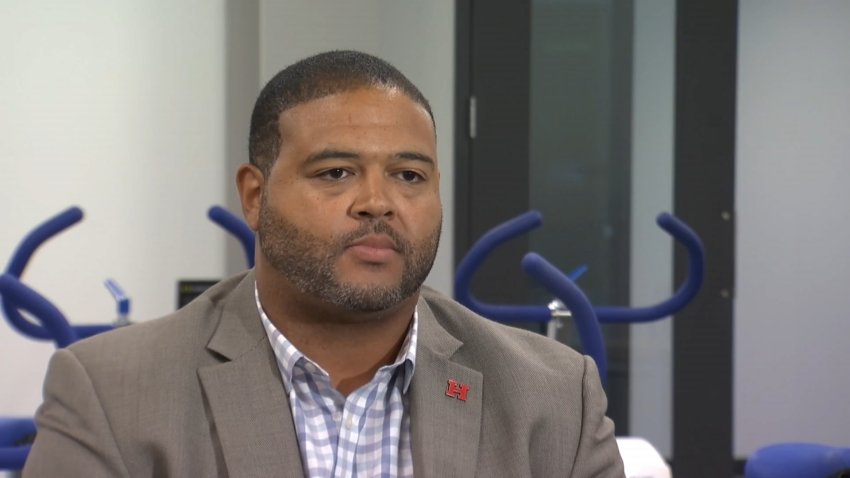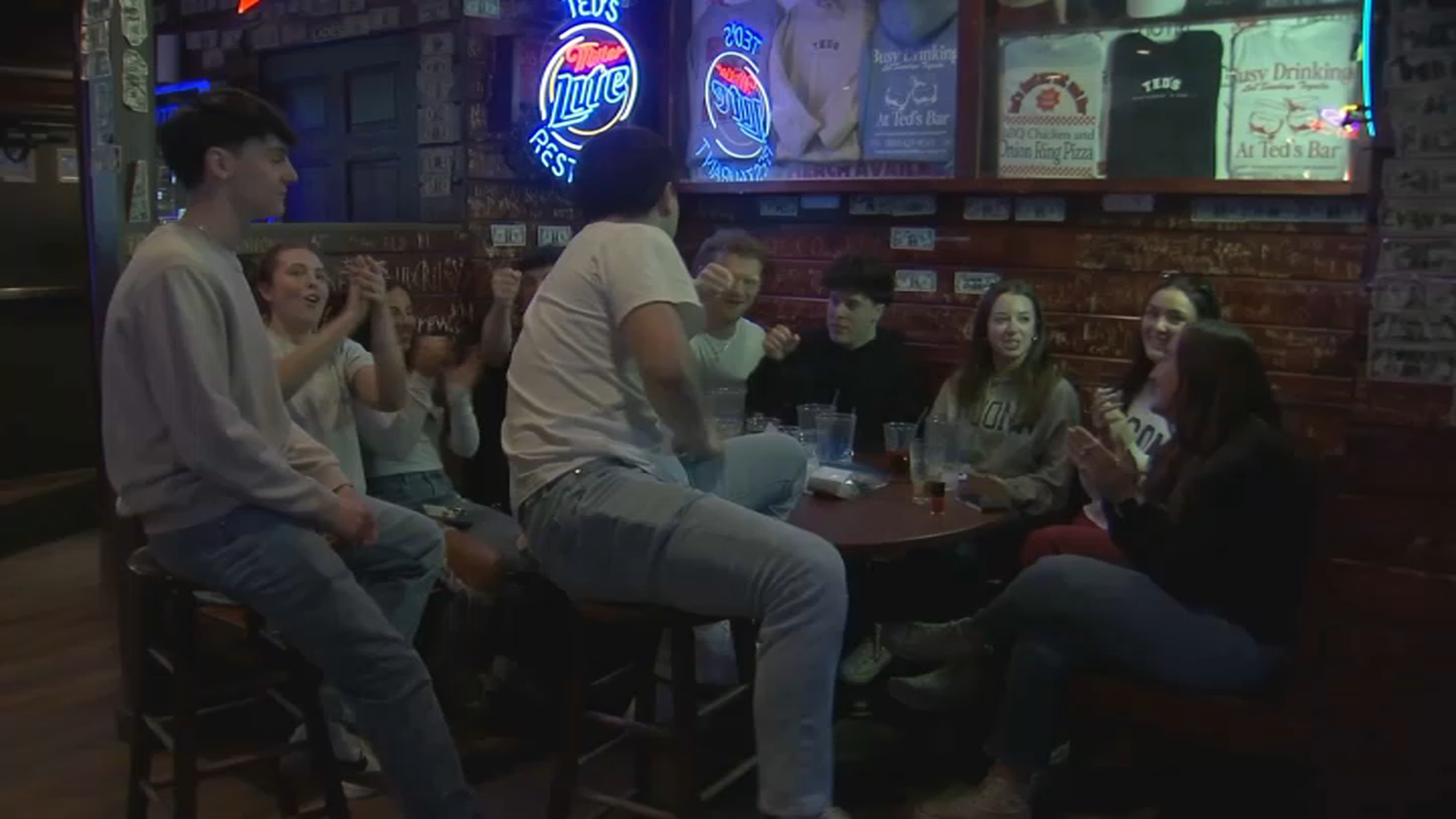Dr. Sharon Beverly likens it to being on a road without a map. As the Vice President of Athletics and Recreation at the University of Hartford, she’s been tasked with leading the change from Division I to Division III athletics, something just two schools have done before.
Dr. Sharon Beverly likens it to being on a road without a map. As the Vice President of Athletics and Recreation at the University of Hartford, she’s been tasked with leading the change from Division I to Division III athletics, something just two schools have done before.
“I only saw the positives, absolutely,” said Beverly, who started at the school the month after the Board of Regents voted to make the transition. “To build in and develop a program, in the opposite direction. Usually, you see, sometimes schools going from III to I, you know, to have the institution determine that it was best for us to move from Division I to Division III, was a challenge I wanted to take on.”
“We want to support our student-athletes in every way possible, not just their athletic endeavors, but their academic endeavors. And Division III gives you that time to do that,” Beverly said.
Get top local stories in Connecticut delivered to you every morning. Sign up for NBC Connecticut's News Headlines newsletter.
In fact, Beverly said the move to DIII athletics is opening up opportunities for growth. She said they have plans to add tennis, field hockey and ice hockey teams over the next few years. They’re also planning to build a new track and field.

“We've got the largest recruiting class that anyone has that has looked at,” Beverly said. “We have 116 new Division III student-athletes here. So when they said it couldn't be done, I think we're blowing that one out the park.”
Local
NBC Connecticut reviewed the numbers in the NCAA transfer portal, which shows 20% of student-athletes have left for other schools since the rumors of the move started in April of 2021. If you factor in graduates and graduate transfers, that number is 35%. According to the university, just 62 athletes have transferred in that same span while they’ve brought in 200.
"The bigger question is whether or not you're going to have enough student-athletes to compete and become competitive, not necessarily the number you had and the number that you lost,” Beverly said.
The men’s and women’s lacrosse teams did not have enough athletes to compete in 2022. According to the transfer portal, the men’s team alone saw 33 transfers immediately after the announcement.
The university had 348 student-athletes at the end of the 2020-21 school year. For the start of the 2022-23 year, the school said they have 284. While a dip during a transition can be expected, the school-led feasibility study only made projections for the financial impact of having 325, 400 and 500 student-athletes. There was no consideration for a deficit.
Sports Economist Andy Schwarz reviewed the feasibility study with the current transfer numbers and determined the study was $1 million off in its projected savings based on student-athlete population.
“We've got 280 bodies, but we have 325 that are competing, because men and women's track and field are always double counted,” Beverly said when asked about the numbers. Men’s and women’s track and field are counted twice for indoor and outdoor seasons. An athlete can be triple counted if they run cross country as well.
Men’s lacrosse is still building its roster for this season, but there’s the other challenge beyond the numbers: bridging the divide.
Students protested the decision and have continued to speak out since. A handful of student-athletes, who have since transferred, have an active lawsuit against the school. Hartford men’s basketball head coach John Gallagher is suing a member of the Board of Regents over alleged misrepresentation. Defendants in both suits have denied the allegations. Neither are filed against Beverly.
“We all may be on different sides of this issue, but the one thing that we can all unite around is that we want a really good experience for our students,” Beverly said, who cannot comment on the ongoing lawsuits.
She also would not comment on the state of the men’s basketball program. The Hawks made it to the school’s first NCAA Men’s Basketball Tournament in 2021, which came with a $25,000 check and national exposure.
Beverly said no one in athletics has raised their concerns or frustrations about the transition to her.
“No one’s talking about the transition within our department,” Beverly said.
A transition that is in year one of a three-year plan. Beverly said the Hawks will remain Division I Independent through 2024-25 but during that time, coaches will have to meet DI requirements while following DIII regulations.



